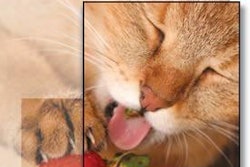Store brands have come a long way in their packaging and branding strategies. Remember those black and white "generic" packages with those bold black letters "Dog Food" or "Cat Food" and product that was perceived as low quality but good for the price? Store brands are now higher quality products with competitive pricing, more sophisticated category management practices and repositioned brands.
The packaging of store brands from the "black and whites" took a turn in the mid-1990s as they redesigned their packaging with bold colors often mimicking mega brands. This was tricky business as the value propositions of the store brands were often not consistent with these mega brands.
Back to basics
In the petfood aisle, retailers like Publix are reinventing the way store brands are branded. Publix Super Markets Inc. had 2006 sales of US$21.7 billion and profits of over US$1 billion. Operating in five states, it has implemented a comprehensive redesign of its packaging with innovative creative concepts that blend "old school" white backgrounds with contemporary, bold images and color coding.
This contrast of white backgrounds with traditional mega brand packaging like Pedigree and Iams has allowed Publix store brands to capture the eyes of the consumer once again by strategically placing their products in the middle of the pet food aisle for clear identification.
The image and equity of retailer brands can depend on the manufacturer brands they carry and the equity of those brands. Retailers use manufacturer brands to generate consumer interest, patronage and loyalty in a store. However, there is an emerging shift in the balance of power from manufacturers to retailers like Publix. Retailers will use their store brands to compete with manufacturers and other retailers like Wal-Mart.

















